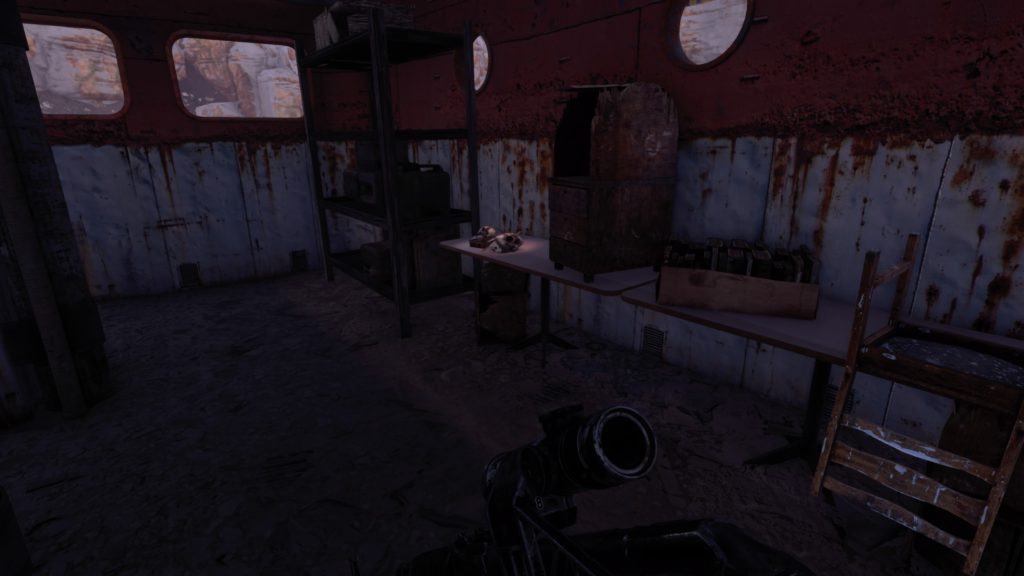

Where To Find All Suit Upgrades | Locations Guide
Metro Exodus: All Collectibles Locations Guide | Chapter 10: Dead City. Metro Exodus: All Collectibles Locations Guide | Chapter 9: Autumn. Metro Exodus: All Collectibles Locations Guide | Chapter 8: Taiga. 
Metro Exodus: All Collectibles Locations Guide | Chapter 7: Summer.Metro Exodus: All Collectibles Locations Guide | Chapter 6: Caspian.Metro Exodus: All Collectibles Locations Guide | Chapter 5: Yamantau.Metro Exodus: All Collectibles Locations Guide | Chapter 4: Spring.Metro Exodus: All Collectibles Locations Guide | Chapter 3: The Volga.Metro Exodus: All Collectibles Locations Guide | Chapter 2: Winter.Metro Exodus: All Collectibles Locations Guide | Chapter 1: Moscow.
Metro exodus slave ship locations how to#
Metro Exodus: How To Save All Your Team Members | ‘Full Strength’ Guide.Metro Exodus: How To Get The Best Ending | Morality Guide.Metro Exodus: 10 Tips To Help You Survive Nuclear Winter | Beginner’s Guide.African immigrants are among the most-educated communities in America.More than 1.7 million people claim sub-Saharan ancestry, representing about 5 percent of the African-American population.Blacks especially left Midwestern cities like Detroit, Pittsburgh and Chicago for Southern metro areas such as Atlanta, Charlotte and Raleigh-Durham, North Carolina.Īt least 750,000 Haitian immigrants live in the USA, mostly in New York and Florida.Starting in the 1970s, more African-Americans moved to the South than left it.

More than 1.5 million Afro-Caribbeans represent about 5 percent of the black population. More than 80 percent of blacks lived in cities, compared with 70 percent of whites.
By the end of the 1970s, the African-American population had almost completely shifted from rural to urban. An estimated 5 million people left the South for the North and West. The movement was a first step in the urbanization of the African-American population. Immigration to Africa peaked between 18.Ībout 1.5 million people left the South for the North, lured by the prospect of industrial jobs. Colonization and emigration, 1783–1910sīlacks seeking freedom from oppression migrated from the USA to Canada, Haiti, Mexico and, most often, Africa. In later years, slaves were exported from the upper South to the Deep South.Ĥ. Early on, slaves were moved south from northern colonies such as Pennsylvania, New York and Massachusetts. Roughly 1.2 million people were displaced. After passage of the Fugitive Slave Act in 1850, blacks headed to Canada, to rural areas near Lake Erie and Lake Ontario, and to all-black communities. Escapees usually came from the upper South. Runaway journeys, 1630s–1865Ībout 50,000 people a year attempted to escape slavery, but only a few thousand made it to freedom. The bulk went to South America and the Caribbean. About 500,000 of them were taken to the USA. More than 12 million Africans were brought to the Americas during this trade. In Motion: The African American Migration Experience, a multimedia exhibition by the New York Public Library’s Schomburg Center for Research in Black Culture, lists 13 mass movements of people that shaped the black experience in the USA. Watch Video: The history of Black History Month







 0 kommentar(er)
0 kommentar(er)
